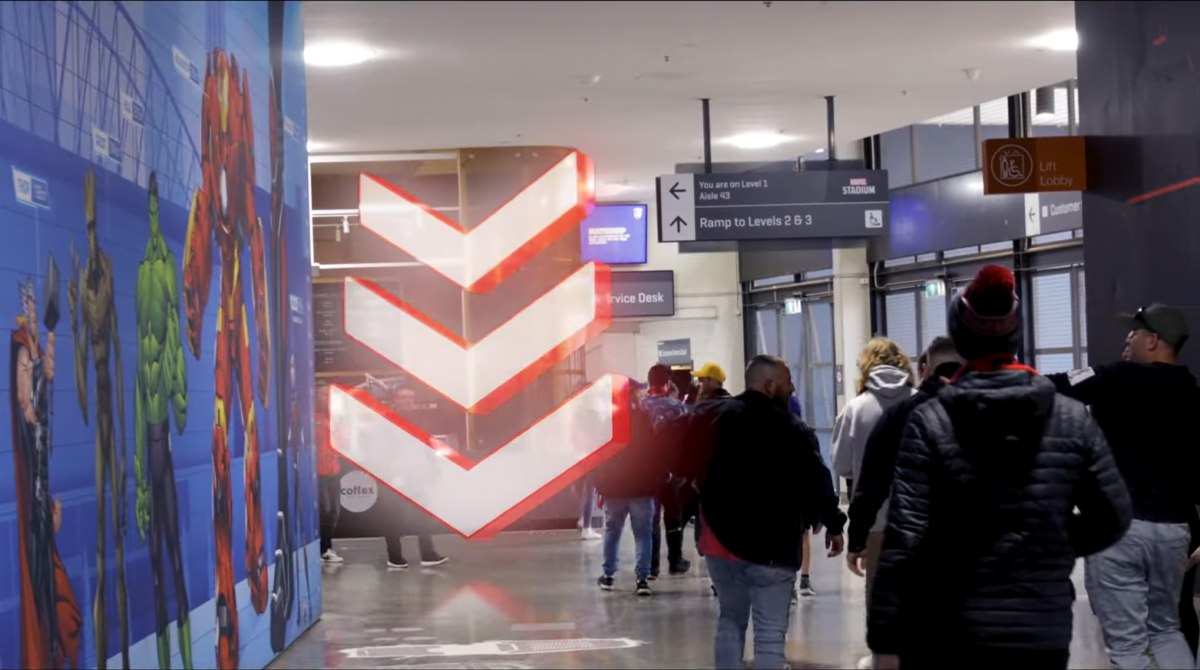First example of Google's Geospatial AR demo for Google Maps

In Melbourne, stadium visitors will soon be able to navigate their surroundings using AR. Google's new Geospatial AR API will be used - a possible glimpse at our AR future.
In Melbourne, Australia, smartphones are to make it easier to visit Marvel Stadium. An augmented reality app will guide visitors to their seats with arrows.
Google, the Australian telecommunications provider Telstra and the consultancy Accenture are currently working on the implementation of this idea. The process is reminiscent of the AR navigation from Google Maps. After scanning the QR code on the digital ticket, navigation through the stadium begins - with supported smartphone models even via 5G.
Stadium navigation via augmented reality
If visitors are faced with junctions or are looking in the right direction, they can simply lift their smartphones. They will then see the animated floating arrows familiar from Google Maps on the display, pointing the way to the pitch.
The app is also used on the pitch. Until kickoff, visitors can pass the time with AR content and sports-related games, according to the vision. During the match, the software displays various match statistics.
The system uses the "ARCore Geospatial API", which Google recently presented at its developer conference. This allows developers to place digital content in real-world locations in 87 countries - without having to visit the location in person or physically scan it. Read more in our article about Google's Geospatial API and Immersive View.
The app needed for this is expected to launch in time for the new Australian Football League (AFL) season, which starts at the end of March 2023. According to the vice president of Google Cloud Australia, the app is "just the beginning" of such 5G-powered navigation solutions. Similar initiatives at other venues could follow.
Trajectories and statistics on the smartphone
In the U.S., similar initiatives are already underway to add augmented reality to the stadium experience. Quintar's "Q.reality" platform enables replays with real-time statistics, in which colored lines make the trajectory of balls visible, for example.
The studio is currently testing an implementation for NBA and WNBA games. Partner AT&T is providing its 5G network. Network coverage is currently available in 40 stadiums.
In golf, similar AR experiences are planned for the PGA Tour. According to Quintar's senior vice president, this will make augmented reality more than a gimmick. Instead of simply adding marketing gimmicks to sporting events, AR will become a very personal, natural and simple companion with real added value.
In addition, Quintar wants to expand its AR offering to concerts and other events.
Note: Links to online stores in articles can be so-called affiliate links. If you buy through this link, MIXED receives a commission from the provider. For you the price does not change.